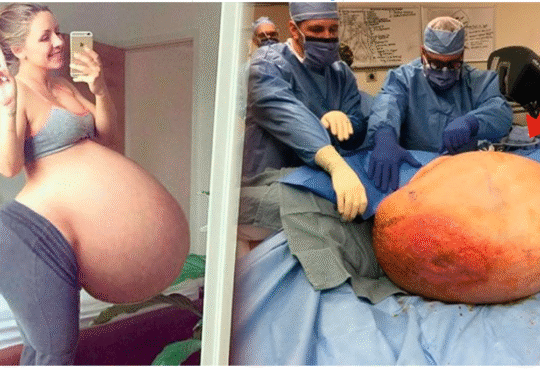
Archaeologists working under the Church of the Holy Sepulchre in Jerusalem have made an amazing discovery. This church is one of the most important places in Christianity, as many people believe it is where Jesus was buried after his crucifixion.
While doing renovations in 2022, a team of experts from Sapienza University in Rome started digging beneath the church. Recently, they found something very special an ancient garden that matches what is described in the Bible.
In the Gospel of John, it is written that near the place where Jesus was crucified, there was a garden. In that garden, there was a new tomb where Jesus was laid to rest. The Bible verse, John 19:41, clearly says: “Now in the place where he was crucified there was a garden, and in the garden a new tomb in which no one had ever been laid.
The archaeologists were excited when they found evidence of plants like olive trees and grapevines that grew in the area around 2,000 years ago. These plants were common in gardens during that time, especially in Jerusalem.
The lead archaeologist, Francesca Romana Stasolla, explained that the Bible talks about a green space between the place of the crucifixion and the tomb, and their team found what looks like old farmland. This farmland would have had rows of plants and trees growing, and it fits the description of a peaceful garden space near where Jesus was buried.
This discovery is important because it helps us understand what the land around the church looked like during the time of Jesus. It also supports the idea that the Church of the Holy Sepulchre really could be the true location of Jesus’ death and burial, something many scholars and religious people have believed for centuries.
The church itself is huge and draws millions of visitors every year. It covers about 5,400 square feet and was built in the year 335 AD. Interestingly, it was built on top of an older Roman temple that had been dedicated to the goddess Venus. When the church was being built, the people at the time believed they found the exact tomb where Jesus had been placed after his death.
The archaeologists didn’t just find plant remains. They also uncovered old pottery, lamps, and other items that everyday people would have used in their homes thousands of years ago.
These objects show that people once lived and worked in that area. Long before it became a garden, the land had been used as a stone quarry, where rocks were cut and removed. But over time, it seems that people turned the quarry into farmland where they grew crops and took care of plants.
The most interesting part of the discovery might be the plant remains themselves. The archaeologists found traces of ancient olive trees and grapevines, which matches the description of a garden in the Bible. This gives even more support to the idea that the writer of the Gospel of John knew what the area really looked like at the time. It adds a human and real-world connection to a place that millions of people consider holy.
This discovery not only helps confirm details written in the Bible, but it also gives us a deeper look into what life was like in ancient Jerusalem. It paints a picture of a real, living place where people grew food, used pottery, and walked through quiet gardens. And now, after 2,000 years, these forgotten pieces of history are being uncovered one layer at a time.





